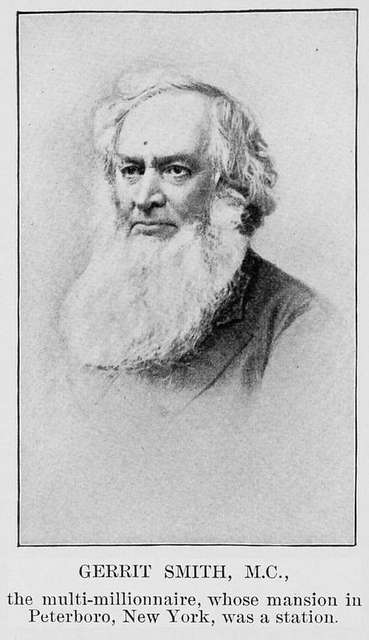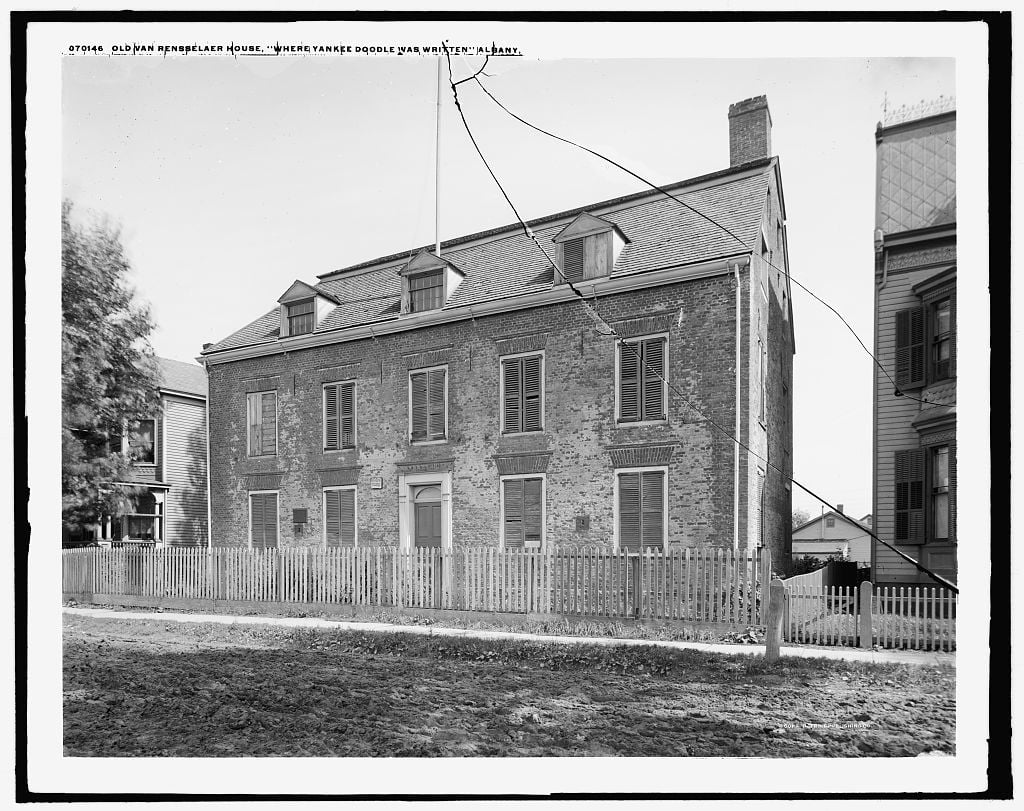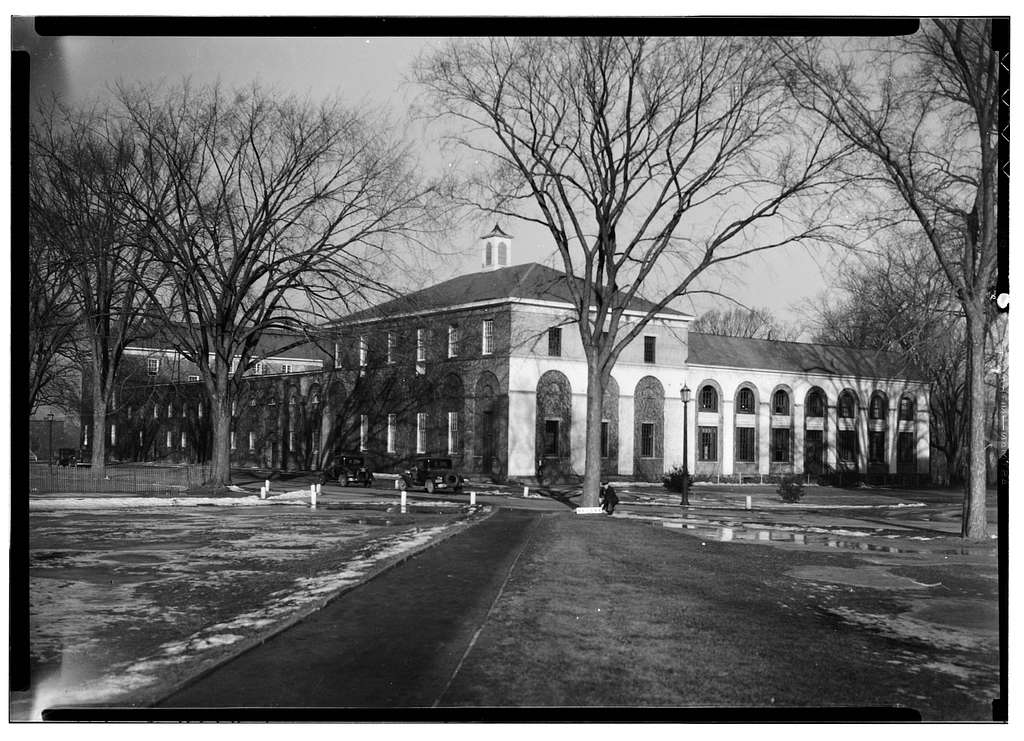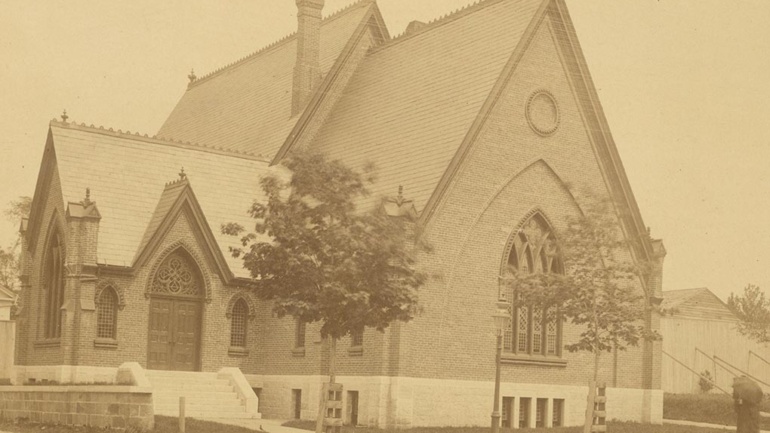
“This essay was originally published in the 1942 OCHS Yearbook. Please note that this essay was published over 82 years ago. While still useful for general education, language may be outdated and at times offensive. The Oswego County Historical Society does not stand by the language used in this essay. All photos were added in 2024 when this article was uploaded to the web. To view the original document, please visit NYHeritage.org.”
(Illustrated Talk Given Before Members of Oswego County Historical Society at Oswego, January 13, 1942, by Arthur Pound, New York State Historian.)
Selections from what is eventually intended to be a gigantic album of 50,000 photographs, gathered from all parts of the Empire State by skilled photographers in the employ of the state, were exhibited by means of slides and enlarged photographs at the Tanner Memorial, Oswego, Tuesday evening January 13, 1942, by Arthur Pound, state historian, to members of the Oswego County Historical Society gathered in the annual meeting. So great was the interest displayed in the pictures that on request Mr. Pound consented to leave the photographs in Oswego for two weeks so that they could be exhibited the first week at the Gerrit Smith Public Library and during the second week at the Oswego State Normal school. They were also displayed at the Oswego High school for several days.
Thus far intensified effort at the gathering of the photographs of the historic shrines of the state has been confined largely to three counties, centering around Albany, Mr. Pound told his audience which followed him with close attention during the hour of his illustrated discourse, but the work will be extended elsewhere in the state as rapidly as possible.
In Oswego county only a few views have thus far been taken, the George Scriba mansion at Constantia dating from about 1795 being among these. But Mr. Pound stated that in the spring he hoped to send a staff photographer into the county to take additional pictures. He invited the cooperation of the Historical Society in suggesting suitable scenes, old residences, forts, old canal locks and the like of which views should be preserved.
Yankee Doodle House

Among the pictures exhibited by Mr. Pound was the “Yankee Doodle House” at[sic] Rensselaer, N. Y., near[sic] Albany, where there yet stands lear the Hudson river a house built in 1642 or 1643 by the Dutch Patroon Arendt Van Curler, or his agent, for the occupancy of Domine Megapolensis, first minister of the first church in Albany. Later it became the residence of one branch of the Van Rensselaer family. It was while he was at this house, then known as Fort Crailo (the Dutch for Crow’s Nest), Dr. Richard Shurkburgh, a surgeon in the English army, wrote in 1758 the words to ‘Yankee Doodle” which became so popular among the American patriots of the Revolutionary war period. The words were set to the music of an old folk song familiar in Europe. In the yard of the house, Shurkburgh sat, purrounded[sic] by fellow officers in the British army, as he rehearsed them, lustily singing the new words for the old tune.
Gerrit Smith Mansion
Among the pictures was a replica of an oil painting of Gerrit Smith, among whose benefactions was the Gerrit Smith Public Library of Oswego, was shown as it hung in the living room of the home near Peterboro of Qerrit Smith Miller, a descendant. (Gerrit Smith was the son of Peter Smith who had been a partner in the fur business of the founder of the Astor family.) The latter house has since been destroyed by fire. Other buildings in Central New York at Skaneatles, Pompey, and Syracuse were presented in the pictures.

One of the most interesting of the pictures was that of the frame Leonard house near Pompey. Here lived the Leonard[sic] who became the grandfather of Winston Churchill, wartime premier of Britain. The house is now used as a private garage. Jennie Leonard became the American wife of Lord Randolph Churchill, one of the most powerful figures in England of his time. The boyhood home of Grover Cleveland in Fayetteville, the Chancellor Day house, built by Judge Andrews in Syracuse, the home of Bishop Hobart in Geneva, founder of Hobart College, the house on the scenic highway near Sandy Creek, which was occupied as a hospital for caring for the British wounded in the Battle of Big Sandy, were among others portrayed.
Among other places “visited” were: the General Phillip Schuyler mansion at Albany where Burgoyne was entertained during the Revolution while being held as a prisoner of war after his surrender at Saratoga; (this house burned by the British before Saratoga was afterwards re built by funds subscribed by the members of the captured British Army as a mark of the regard which they came to have for Schuyler.) Washington’s Headquarters at Newburg[sic] which he occupied longer than any of the many other headquarters that he occupied from time to time during the Revolution; the Citizen Genet house where Genet long resided; President Martin Van Buren’s residence.
Gates Still Unrecompensed
The Anne Schuyler house, built in 1680, where the Mrs. Grant, who was the authoress[sic] of “The Memoirs of an American Lady” was a guest for two years shortly before she wrote her memoirs. (Some of the memoirs dealt with the old fort at Oswego where Mrs. Grant was entertained in the home of the family of a British officer who was her relative.) The house, which was the first house built upon the first successful farm in Rensselaerwyck, and the Philipse mansion in the lower Hudson river valley in which lived a daughter, Mary, who traditionally was once courted by George Washington were among other exhibits.
The Van Scoyk mansion at Co hoes which was occupied as the headquarters of the Northern Army during the Revolution was next visited. When this head quarters was turned over by Gen eral Philip Schuyler to his suc cessor, General Gates, the latter advanced $10,000 of his personal funds to supply deficiencies in the American army’s needs. This amount, according to General Gates descendants, has never been repaid. The house is now occu pied by the Cohoes Historical So ciety as its headquarters. The restored blockhouse which was Gates headquarters at Saratoga, the country house at Saratoga of Madam Eliza Jumel who married Aaron Burr, the monument on Saratoga battlefield which has a replica of only the foot of Bene dict Arnold which was struck by a bullet during the battle was shown, it having been thought at the time of its erection that because of Arnold’s later treason it would be inappropriate to erect a monument to him, although military men give the credit for the winning of the battle at Sara toga, listed among the “fifteen decisive battles of the world,” to Arnold.
Ethen Allen Misquoted
At the “stop” at Fort Ticonderoga where Ethan Allen is reputed in books familiar to all school boys to have replied to the British officer who answered his knock at the gate of the fort in the dead of the night to demand its surrender and who inquired “in whose name ?” the fort’s surrender was sought: “In the name of Jehovah and the Continental Congress’,, Mr. Pound related that last summer he had been told by a descendant of Ethan Allen that the latter returned home after the surrender and wrote out the account of the incident which has come down through history as he thought it “sounded well.” Whereas as a matter of fact what actually had happened according to Allen’s relative, was that Allen’s men broke in the door of the fort and revealed a British officer in a half stooping posture in passageway that lead to the door, with defensive weapons in hand and to him Allen exclaimed: “Come out of there you damned old rat.”
Pictures of the restored fort at Ticonderoga and of the Headquarters House of the New York State Historical Association at the same village were shown, the latter being a duplication of John Han cock’s house in Boston at the time of the Revolution.
At Ironville, Essex County, the “tourists” saw a marker erected over the grave of the horse of the 5th N. Y. Cavalry, which Col. J. A. Penfield rode through 10 severe battles of the Civil War including Gettysburg. When the Coloned[sic] was taken prisoner and sent to Libby prison at Richmond, the horse escaped capture and was brought back to Northern New York to die. The head stone lists the battles in which the horse participated.
The Jane McCrea house was “visited.” Here lived the American girl, engaged to one of Bur goyne’s officers, who on a journey to visit that officer at the home of a mutual friend, was taken prisoner by a party of Burgoyne’s Indians, tortured and scalped with resulting repercussions throughout the country which injured the British cause by rousing the populace against Burgoyne and his methods.
Famous Homes In Jefferson
Famous homes nearer to Oswego county that were “visited” were the Governeur Morris house in Jefferson County, the LeRay de Chaumont house, the owner of which had loaned money to the United States government and finally accepted land in payment when other efforts at collection had failed. Chaumont also built the “Vincent house” at Cape Vincent for his son, Vincent. The La Farge house where a long line of writers and other talented folks have at some time or other lived, the Joseph Bonaparte house and the Col. Eleazer Williams’ house on the St. Regis Indian reservation[sic] were also “exhibited.” It was Williams who led the Iroquois to their new home in Northern Wisconsin after a large part of them were dispossessed of their homes and lands in New York State.)
The British headquarters at Plattsburgh, occupied during the War of 1812 was shown. This house was long occupied by Chancellor Kent. A picture of Ballston Spa in 1815 was projected, the view showing a curious “open air jail” or pen, an early sidewalk etc. Old “South College,” built by Ramay and some of the old buildings at Union College in Schenectady were exhibited. The father of President Franklin D. Roosevelt and the grandfather of Winston Churchill, the present British premier, both attended Union College. The old St. George Episcopal church at Schenectady and Guy Park Manor at Amsterdam were “visited”. The latter built[sic] by Sir William Johnson for his son, is owned by the State of New York has[sic] been furnished by the Daughters of the American Revolution.

The William Johnson house, built in 1748, occupied both as a residence and fortress, the strongest fort between Schenectady and Oswego, during the French and Indian War period, was shown. This is now the home of the Montgomery Historical Society. “Johnson Hall”[sic], built near John town in 1763, and the last of the homes occupied by Sir William Johnson, was shown in an excellent state of preservation. The Court House[sic] which Johnson caused to be built at Johnstown in 1772 when Tryon county was set up was next “visited.” It is still used for holding sessions of court. The Pallatine[sic] church at Stone Arabia was visited. At this place lived Isaac Paris, a merchant, who after the Battle of Oriskany sent wagonloads[sic] of food to patriot sufferers from that battle and accompanying raid with the understanding that they were to have a year in which to repay him. The grateful recipients searched the woods for gingseng[sic], then very valuable, to repay him and named the village “Parisville” in[sic] his honor.
Oriskany Revolution’s Bloodiest Battle The Herkimer house where General Nicholas Herkimer died 10 days after the Battle of Orisk any in which he was wounded in the leg was shown. “The leg, amputated, had been buried by two boys” Mr. Pond related, “When the general learned that he was probably to die he sent for the two boys and jocosely suggested to them that they disinter the leg ‘so that it may be buried with the rest of me’ “. General Herkimer’s brother, Hans Yost Herkimer, was a Tory, and fought with the British, a fact with which General Herkimer was sometimes taunted although of his own loyalty to the American cause there could be no question. The Oriskany Battlefield, where Herkimer was wounded, was visited. Here was fought the bloodiest battle of the Revolution in proportion to the number of troops involved, the killed and wounded numbering 50 per cent of the forces engaged. Herkimer’s militia was matched against British regulars, Butler’s “Rangers” and[sic] Johnson’s “Greens” in[sic] this battle.
The church at Fort Herkimer which figures in the historical novel “Drums Along the Mohawk” was visited. It was to carry news of the British and Indian invasion of the Susquehanna valley that Adam Helmer ran 42 miles in a single day from the Susquehanna to this church. The novel does not correctly interpret Helmer’s character, Mr. Pond said, in that it portrays him as a sort of a rake whereas he was in fact at the time he made the run, a man 42 years old, an officer of the old church at Fort Herkimer used as a fort and the respected head of a family. Of three men who started on the run to give warning Helmer[sic] was the only one to get through, the other two giving up their lives to enable him to continue.
During the wars in the Mohawk Valley most buildings of stone or brick became forts as well as residences, churches or what not. There was a long line of these forts running through the valley. In the 13 wars in which the colonies became involved, New York participated in all and its territory was a battle ground for six of these
The James Duane house was “visited.” Duane, the first mayor of New York after the Revolution, is credited with having been the first to suggest the name of “Empire State” for New York. The Campbell house at Cherry Valley from which Mrs. Campbell, the wife of Colonel Campbell and her children were carried away prisoners to Fort Niagara after the Cherry Valley raid, a log house built in Schoharie in 1720, still standing, and the old stone fort church at Schoharie were next “visited.” At Cooperstown the statue of Uncas, “the Last of the Mohicans” as[sic] described in Cooper’s tales was observed and the Council Rock on Otsego Lake.
A Replica of a powder horn carved at Ft. Stanwix by “Chris” Hutton[sic], an officer in the 3rd New York Regiment, during the Revolutionary siege of that fort was 4 shown as were early specimens of glass made in Montgomery county.
St. George’s Episcopal church at Schenectady, the Glenn Sanders house at Saratoga built in 1713, the homestead of Col. John and Walter Butler, the Tory officer who operated out of Fort Niagara during the Revolution, were depicted. The Butler house was never painted. It is still standing. Fort Klock, earlier a stone residence, was shown. Like most substantially built homes in the Mohawk Valley during the Revolution, it became a fort. The Stone church at Pompey which was constructed before Syracuse came into being was shown along with the Governor Horace White house in Syracuse. The baptismal house of Grover Cleveland, later President of the United States, was shown in Fayetteville.



